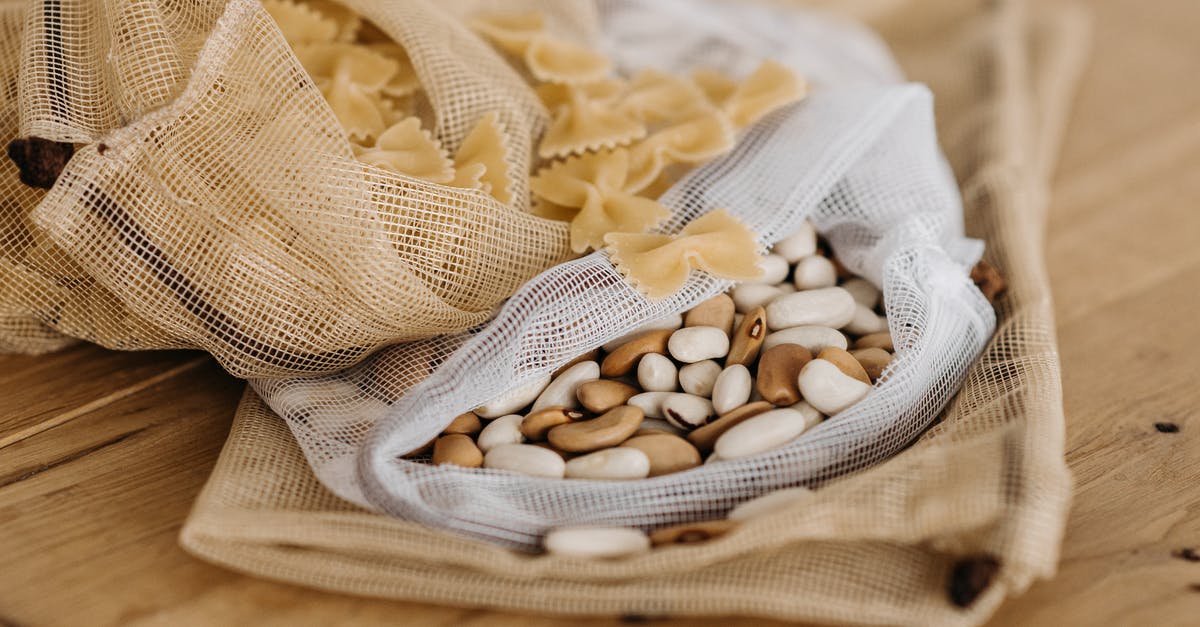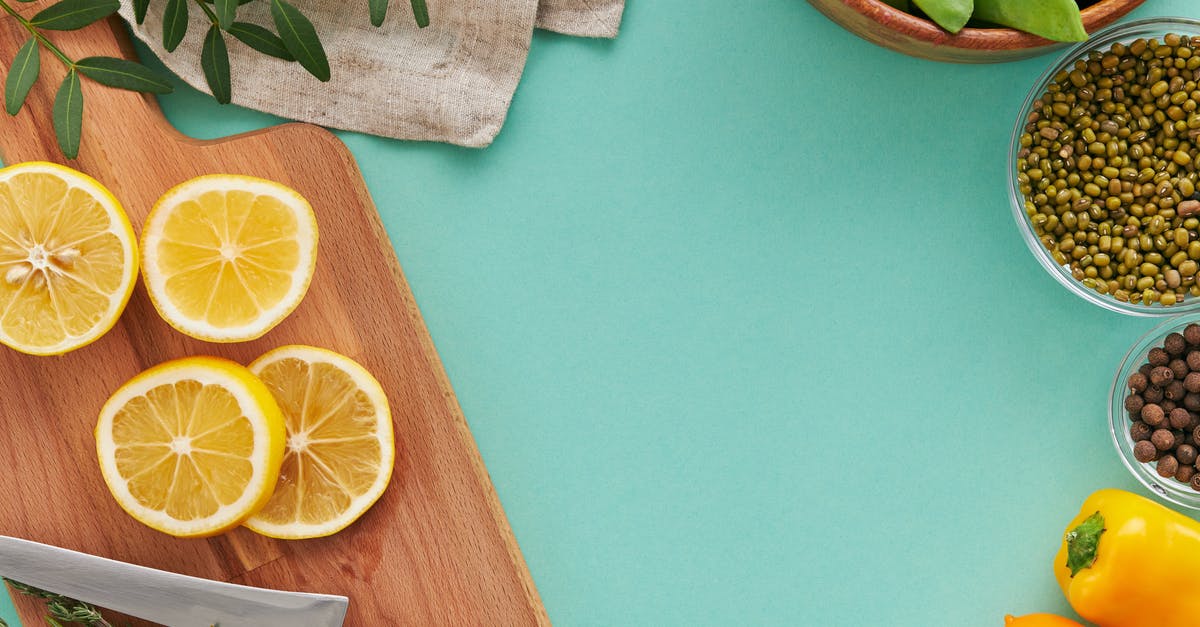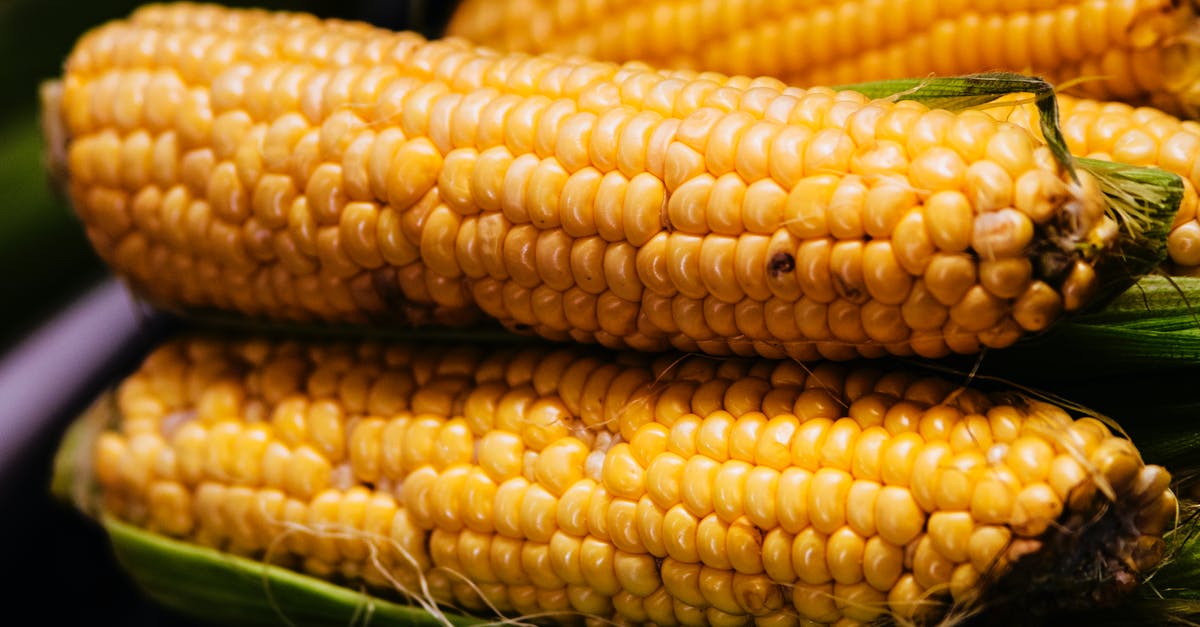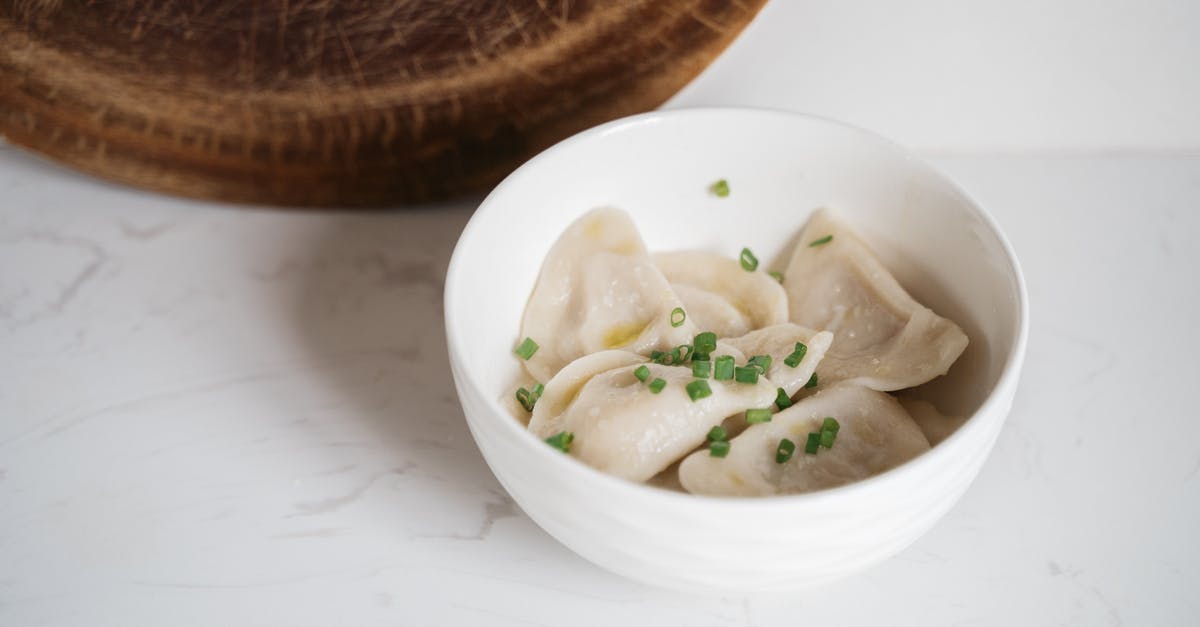Tempering raw cacao for coating

I have a 2-pound block of dark no-sugar-at-all chocolate, and I want to use some of it as coating for candies or popsicles. It's 100% raw cacao, so I'm thinking of melting some and using honey as a sweetener (from a previous experiment I know it'll take a lot of honey!), because I think powdered sugar or any other sweetener will have a hard time dissolving in it. I was thinking of using the cacao/honey mixture to coat the final product, but I'm doubtful if it'll work like that.
I've never worked with raw chocolate before, so I'm wondering if it's advisable to temper it, and how to do it, or just try and use it as is (just melted, that is). Also, if anyone could advise on the honey as sweetener I'd appreciate it. I once tried stevia, but it took a lot of it and the difference was not very noticeable. I also read somewhere that using agave or corn syrup would not work because of their high water content, so I'm hoping honey works better for this purpose.
Thank you in advance.
Best Answer
I think most chocolate is already tempered when you buy it. Assuming that's the case with yours, you just need to be careful not to break the temper when you melt it. That means not letting it get too much warmer than its melting temperature. If my memory is correct, you have to keep it below 125 deg. F to avoid breaking temper.
Coincidentally, I mixed pure cocoa powder and honey earlier this evening (in a glass of hot milk). I found that to get it to taste good, I had to use about 3 Tbsp of honey to sweeten 2 Tbsp of cocoa. Honey is usually about 17% water. I don't know for sure whether that will cause a problem for you, but I suspect it would. As you have already discovered, it takes a LOT of sugar to make chocolate sweet. I don't think you'll be able to make it solidify using honey.
I'm curious why you seem to be avoiding sucrose (table sugar). I guess there must be some reason why you got no-sugar-at-all chocolate. Are you interested in stevia because it is lower in calories? If so, you might consider pure sucralose. It's not usually available in stores, but you can order it online. I recommend pure sucralose instead of splenda so that you don't have the extra maltodextrin filler getting in your way. 1 gram of pure sucralose is enough to sweeten 250 grams of cocoa powder, so if you know the ratio of cocoa butter to cocoa solids in your chocolate, you can calculate the right amount of sucralose to use. I guess if you're thinking of using honey, you must not be worried about calories, though. If you're just looking to create a little more exotic/different flavor, you could use turbinado (e.g. Sugar in the Raw) instead of regular sugar. I think it will solidify a lot better than honey.
By the way, how are you planning to coat popsicles in chocolate? Won't the molten chocolate cause the popsicles to melt and turn the whole thing into a mess? Maybe if you got the popsicles down to liquid nitrogen temperatures before dipping them it might work....
Pictures about "Tempering raw cacao for coating"



How do you temper chocolate with cacao?
All you have to do is add 1-2% of this melted cocoa butter to your melted chocolate at 89\xbaF (32\xbaC), stir, and your chocolate is tempered!Can you temper cocoa powder?
Your chocolate's maximum temperature depends on its type and which step in the process you are on. For example, dark chocolate should be melted between 120 and 130\xb0F (50\xb0C and 55\xb0C), while milk and white chocolate should melt at around 105-115\xb0F (40-45\xb0C).What temperature do you temper chocolate at?
Tempering Chocolate by Microwave:Melt at 50% power in 1-minute intervals, stirring between each interval, until melted and smooth. The chocolate should only be between 100 \u2013 110\xb0F. Add remaining chocolate in small amounts while stirring. Be sure that the pieces are completely melted before adding more.How to Temper Chocolate Three Easy Ways!
Sources: Stack Exchange - This article follows the attribution requirements of Stack Exchange and is licensed under CC BY-SA 3.0.
Images: Pavel Danilyuk, Vanessa Loring, HELGA M. PALLARÉS, Anna Tarazevich
